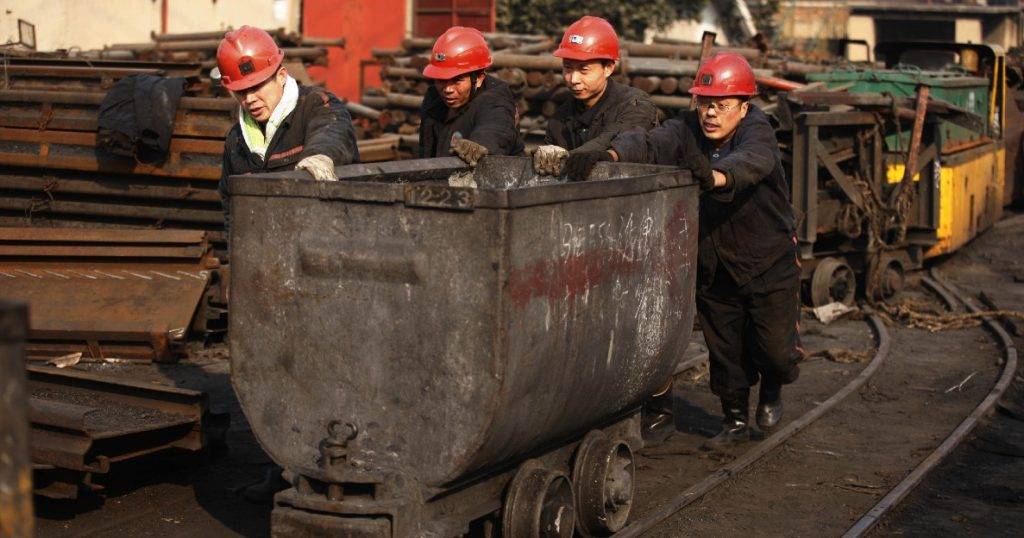China’s daily coal output for Q2 starting July increased by a whopping 16% after the government encouraged miners to increase supply to meet peak summer demand.
In July, the country was able to produce 372.66 million tonnes of coal, equating to 12.02 million tonnes produced daily. This is slightly above the 10.13 million tonnes of coal produced between June and July 2021. Between January and July this year, the country’s coal production increased by 12% more than the previous year.
In the last couple of weeks, government representatives have had a series of meetings with miners, with the government reiterating its determination to prevent power rationing during summer when there is skyrocketing demand for air conditioning. The government, therefore, called on miners to boost output to forestall any chances of power rationing in the coming months.
Meanwhile, average daily coal usage in some coastal regions increased by 2.3 million tonnes in August, which translates to a 6% jump compared to last year.
Some regions in the country, particularly cities located in the manufacturing hubs of Jiangsu and Zhejiang, have adopted rolling blackouts at local factories. The move is intended to guarantee electricity supply to residents during peak demands.
Increased power generation
Also, reports show that the country’s power generation increased to 805.9 billion kilowatt-hours, representing a 4.5% growth more than what it was a year ago. The increased power generation for July represents the fastest year-on-year growth since 2021.
Power demand came under pressure in March following the government’s harsh covid-19 restrictions, which limited industrial activities.
Despite a jump in coal production, analysts aren’t convinced about the new rally and expect coal output to be pressured down by increased safety checks. This assumption is based on safety checks put in place following a fatal mining accident that occurred in the mining hub of Shanxi in August.
Additionally, the weather forecast for August is expected to see temperatures drop. Should that be the case, the demand of coal for power generation will be limited.








